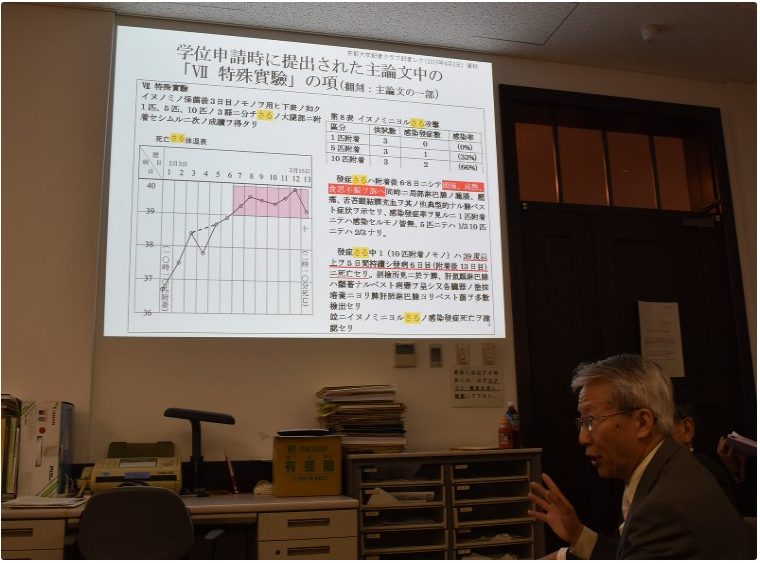
Visitors look at a scene of human experiments at the Unit 731 museum in Harbin in northeast China in 2015. (Photo: AFP)
The National Archives of Japan has revealed the names and addresses of 3,607 members of the Unit 731, a notorious germ warfare organization of the Imperial Japanese Army during World War II, local media reported.
“It is the first time that almost all the identities of the unit’s members have been unveiled as a definitive and official document, and we will post them on the website so they can be utilized for research,” Katsuo Nishiyama, professor emeritus of Shiga University of Medical Science, quoted as saying by Kyodo News.
The list dated January 1, 1945, includes the names and ranks as well as personal information of 52 surgeons, 49 engineers, 38 nurses and 1,117 combat medics, mainly those attached to the headquarters of the unit, officially known as the Epidemic Prevention and Water Purification Department of the Kwantung Army.The name list was originally blacked out when requests on disclosure were raised in 2015, but was finally declassified in January after a year of negotiations.
A Nishiyama-led group has been collecting signatures to back its push for Kyoto University to determine the legitimacy of a university degree conferred on one of the medical officers in the unit, arguing his dissertation may have been based on experiments performed on living people.
This is the first petition on withdrawing a university degree of a Unit 731 member in Japan’s history.

Katsuo Nishiyama is explaining questionable points regarding an academic paper written by a Unit 731 physician, in Kyoto, Japan, April 2. (Photo: Mainichi)
Unit 731 was involved in research on more than 20 types of bacteria including anthrax, smallpox and botulinum in northeastern China. Thousands of Chinese were used as human guinea pigs to breed and develop these killer diseases. Many of the prisoners, who were murdered in the name of research, were used in hideous vivisection and other medical experiments, including barbaric trials to determine the effects of frostbite on the human body.
During World War II, the Japanese military and universities had rather close bonds, with the military providing research funds for the universities and universities supplying the military with so-called "research talents."
Kyoto University sent 37 medical researchers to help the invading Japanese army in China in 1936, and the number rose to 75 in 1942. What’s more, they awarded degrees to over 20 Unit 731 members.
"The name list is important evidence that supports testimony by those involved. Its discovery will be a major step toward unveiling concealed facts,” Nishiyama said.
(Compiled by Shan Xin)


